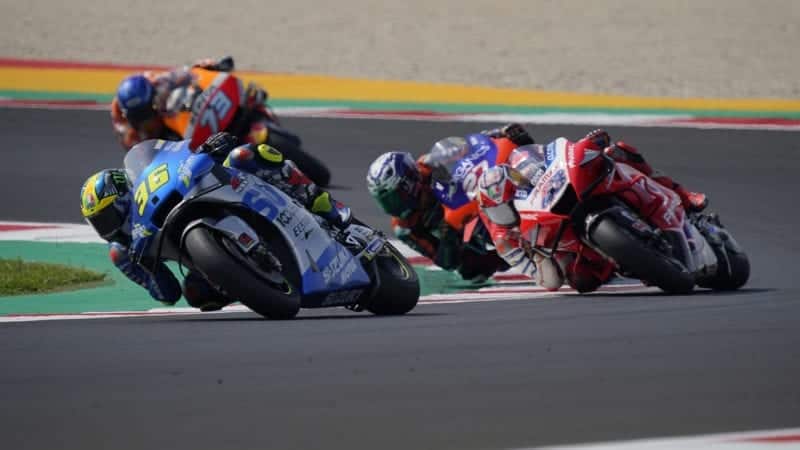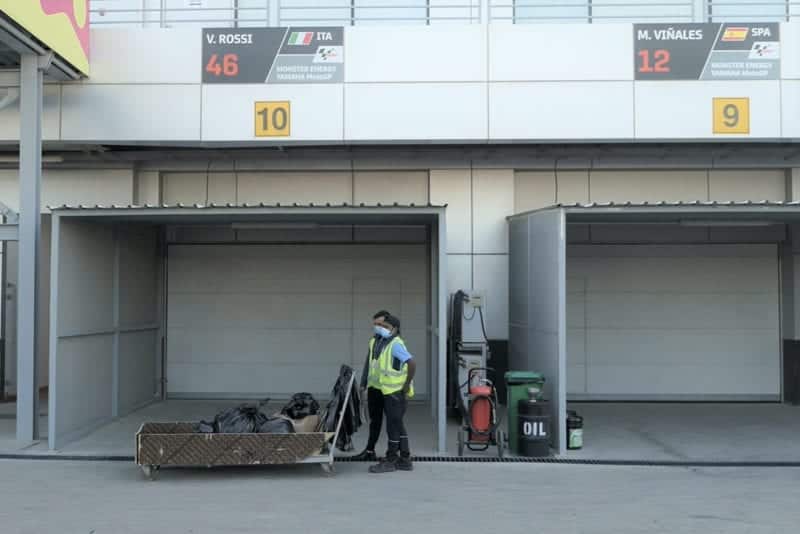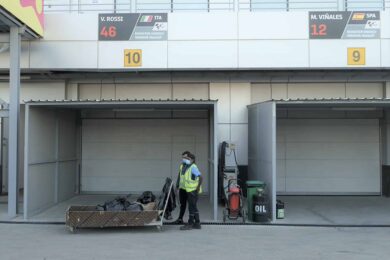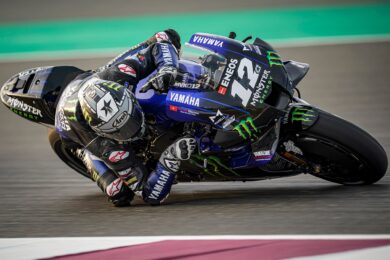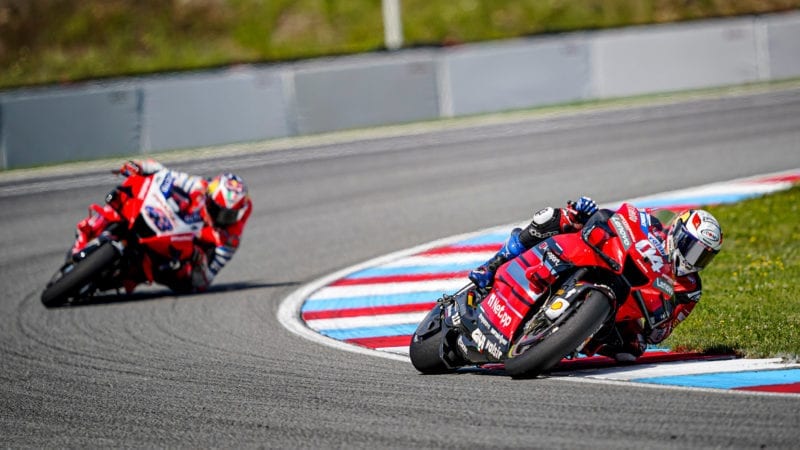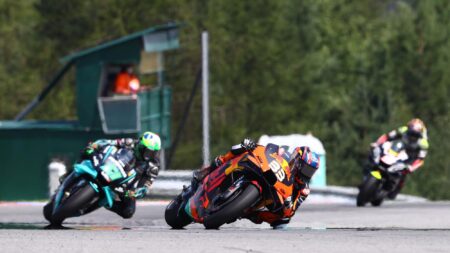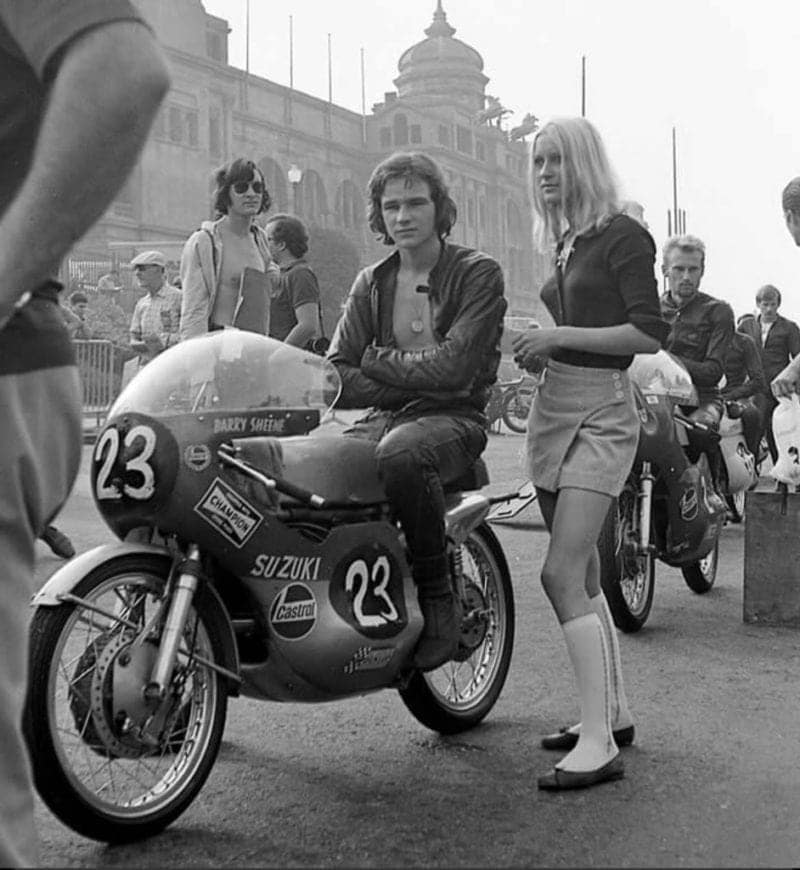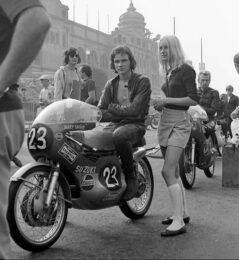Nothing else at all. There we were, marooned in a sea of sand, watched over by at least a dozen spectators, wondering what the hell was going on.
That weekend the ambient temperature in pit lane reached 48 degrees, but it was even hotter in the Yamaha and Honda garages. The night before the race Valentino Rossi’s crew rode a paddock scooter onto the grid to use its rear tyre to lay some rubber on Rossi’s grid slot, for better traction at the start. Their trick was spotted by rivals and reported to Race Direction, who sent the Italian to the back of the grid.
Rossi accused title-rival Sete Gibernau of doing the snitching, and called the Spaniard’s team “bastards” on live TV. When Gibernau won the race the following day Rossi vowed he would never win another. Spookily, the curse held true.
Why inline-four MotoGP bikes handle better than V4 MotoGP bikes
It would prove to be a crucial factor in the championship. Last Spring, this article set out the basics: V4 MotoGP bikes make more power, inline-fours handle better. That’s why Johann Zarco, Jorge Lorenzo and others struggle when they switch from inline-fours to V4s
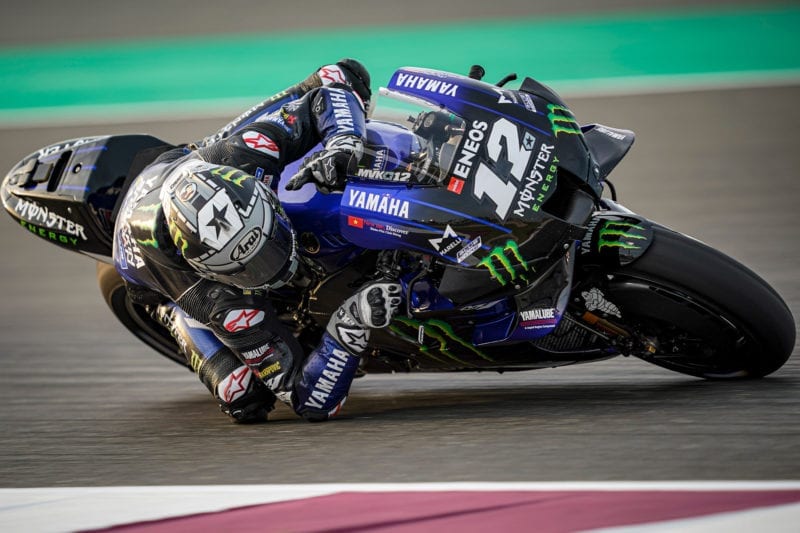
There’s no doubt that Yamaha’s inline-four YZR-M1 is a rider-friendly motorcycle
Yamaha
May 19, 2020
Speak to most MotoGP engineers and they will tell you that the two most important words in race-bike engineering are balance and compromise.
Pretty much whatever you do to improve one area of performance impairs another: you make the bike turn quicker and it becomes less stable, you increase peak power and you lose midrange and so on.

